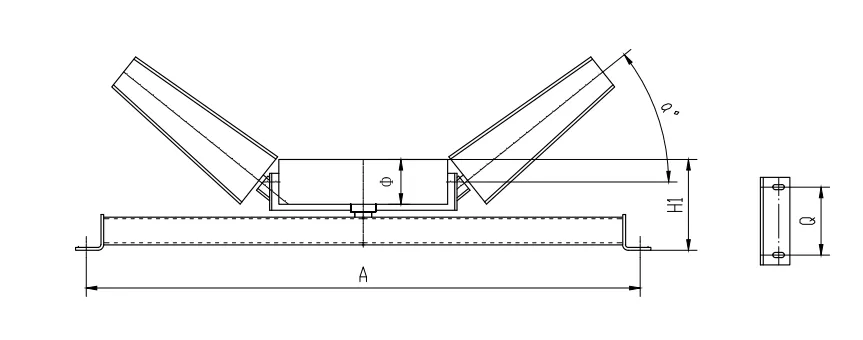 Afrikaans
Afrikaans  Albanian
Albanian  Amharic
Amharic  Arabic
Arabic  Armenian
Armenian  Azerbaijani
Azerbaijani  Basque
Basque  Belarusian
Belarusian  Bengali
Bengali  Bosnian
Bosnian  Bulgarian
Bulgarian  Catalan
Catalan  Cebuano
Cebuano  Corsican
Corsican  Croatian
Croatian  Czech
Czech  Danish
Danish  Dutch
Dutch  English
English  Esperanto
Esperanto  Estonian
Estonian  Finnish
Finnish  French
French  Frisian
Frisian  Galician
Galician  Georgian
Georgian  German
German  Greek
Greek  Gujarati
Gujarati  Haitian Creole
Haitian Creole  hausa
hausa  hawaiian
hawaiian  Hebrew
Hebrew  Hindi
Hindi  Miao
Miao  Hungarian
Hungarian  Icelandic
Icelandic  igbo
igbo  Indonesian
Indonesian  irish
irish  Italian
Italian  Japanese
Japanese  Javanese
Javanese  Kannada
Kannada  kazakh
kazakh  Khmer
Khmer  Rwandese
Rwandese  Korean
Korean  Kurdish
Kurdish  Kyrgyz
Kyrgyz  Lao
Lao  Latin
Latin  Latvian
Latvian  Lithuanian
Lithuanian  Luxembourgish
Luxembourgish  Macedonian
Macedonian  Malgashi
Malgashi  Malay
Malay  Malayalam
Malayalam  Maltese
Maltese  Maori
Maori  Marathi
Marathi  Mongolian
Mongolian  Myanmar
Myanmar  Nepali
Nepali  Norwegian
Norwegian  Norwegian
Norwegian  Occitan
Occitan  Pashto
Pashto  Persian
Persian  Polish
Polish  Portuguese
Portuguese  Punjabi
Punjabi  Romanian
Romanian  Russian
Russian  Samoan
Samoan  Scottish Gaelic
Scottish Gaelic  Serbian
Serbian  Sesotho
Sesotho  Shona
Shona  Sindhi
Sindhi  Sinhala
Sinhala  Slovak
Slovak  Slovenian
Slovenian  Somali
Somali  Spanish
Spanish  Sundanese
Sundanese  Swahili
Swahili  Swedish
Swedish  Tagalog
Tagalog  Tajik
Tajik  Tamil
Tamil  Tatar
Tatar  Telugu
Telugu  Thai
Thai  Turkish
Turkish  Turkmen
Turkmen  Ukrainian
Ukrainian  Urdu
Urdu  Uighur
Uighur  Uzbek
Uzbek  Vietnamese
Vietnamese  Welsh
Welsh  Bantu
Bantu  Yiddish
Yiddish  Yoruba
Yoruba  Zulu
Zulu v belt idler
The Role of V-Belt Idlers in Mechanical Systems
V-belt idlers are critical components in various mechanical systems, playing an essential role in the efficient operation of machines and equipment. These versatile components are designed to guide and support V-belts, which are widely used for power transmission in automotive systems, industrial machinery, and other applications. Understanding the function and significance of V-belt idlers can illuminate their contribution to mechanical efficiency and reliability.
The Role of V-Belt Idlers in Mechanical Systems
One of the primary benefits of using V-belt idlers is their ability to compensate for belt stretch and wear. As V-belts are subjected to repeated use, they naturally elongate, which can lead to inadequate tension in the drive system. Idlers help counteract this effect by allowing for adjustments in the belt’s tension, ensuring that the belt maintains close contact with the pulleys. This contact is crucial for efficient power transmission, as any slippage can result in energy loss, reduced performance, and increased operational costs.
v belt idler

Moreover, V-belt idlers contribute to the overall longevity of the belt and the entire drive system. By minimizing the stress and strain on V-belts, idlers reduce wear and prolong the lifespan of both the belts and the pulleys. This not only saves on replacement costs but also minimizes downtime associated with maintenance and repairs. For industries reliant on continuous operation, such as manufacturing and transportation, the impact of this increased reliability can be substantial.
Another important aspect of V-belt idlers is their role in reducing noise and vibration within mechanical systems. A properly tensioned belt running on well-aligned pulleys leads to a smoother operation, minimizing the chances of unwanted noise. This is particularly significant in settings where noise reduction is critical, such as in residential or office environments.
Furthermore, the configuration of V-belt idlers can be tailored to suit various applications. Idlers can be fixed or adjustable in nature, allowing engineers to customize the drive system for specific requirements. This flexibility enables them to optimize power transfer and accommodate different load conditions.
In conclusion, V-belt idlers are indispensable in modern mechanical systems. They enhance the performance and reliability of V-belt drives by maintaining proper tension, reducing wear, and minimizing noise. For those involved in machine design, maintenance, or operation, a comprehensive understanding of V-belt idlers can lead to improved efficiency and effectiveness in machinery. As technology evolves, the design and application of idlers will likely continue to adapt, further solidifying their importance in the realm of mechanical engineering.
-
Revolutionizing Conveyor Reliability with Advanced Rubber Lagging PulleysNewsJul.22,2025
-
Powering Precision and Durability with Expert Manufacturers of Conveyor ComponentsNewsJul.22,2025
-
Optimizing Conveyor Systems with Advanced Conveyor AccessoriesNewsJul.22,2025
-
Maximize Conveyor Efficiency with Quality Conveyor Idler PulleysNewsJul.22,2025
-
Future-Proof Your Conveyor System with High-Performance Polyurethane RollerNewsJul.22,2025
-
Driving Efficiency Forward with Quality Idlers and RollersNewsJul.22,2025





























